How to feather sex quail
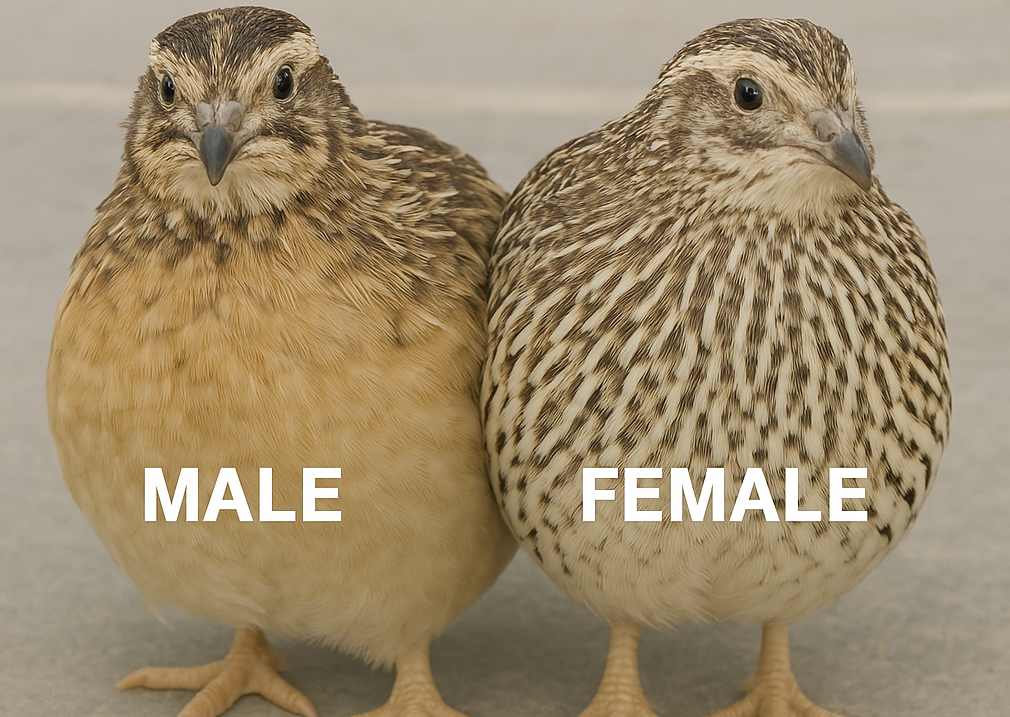
Feather Coloration
Pharaoh Quail plumage:
The Pharaoh quail, also known as the wild-type or brown
Coturnix, exhibits a classic wild pattern in shades of brown and
beige. Males typically have a reddish or salmon-colored breast,
while females display pale breasts with spots.
Italian Quail plumage:
The Italian quail, sometimes referred to as Golden Speckled
Italian, features a golden-yellow plumage with distinctive black
markings. Males often have a reddish mask and minimal black on
the ventral plumage, whereas females possess more black spots on
their ventral side.
✅Feather Sexable Varieties
Snowie:
Light, mostly white with speckled or patchy dark markings.
Autumn Amber:
Warm golden or amber tones with some light brown and cream highlights.
Pansy Fee:
Muted pastel shades; lavender-gray to bluish with delicate markings.
Pearl:
Light silvery-gray with white and subtle dark spots.
Sparkly:
Similar to Rosetta but with a “sparkly” white-flecked effect.
Egyptian Fee:
Dark brown head with tan/cream chest in females, rustier in males.
Falb Fee:
Light tan to pale brown with silvery tones, often slightly barred.
Golds (Manchurian):
Soft golden yellow with brown markings. Males have rustier faces/chests.
❌Not Feather Sexable Varieties
Grau Fee Tuxedo:
Light gray and white “tuxedo” pattern, difficult to distinguish sexes.
Rosetta:
Rich chocolate to reddish-brown plumage, uniform in both sexes.
Pansy:
Purplish-gray to blue-brown blend, not to be confused with “Pansy Fee.”
Tibetan Tuxedo:
Dark chocolate (Tibetan) with white tuxedo chest.
SSC (8-10 colors):
Mix of 8–10 possible color blends with checkered pattern; not consistent.
Grau Fee:
Light gray tones; uniform between sexes.
German Pastel (GPC):
Muted creamy-gray with subtle pastel coloring.
Rosetta Tuxedo:
Rosetta base (reddish-brown) with white tuxedo chest.
Tibetan:
Deep chocolate/black plumage, sometimes with iridescence.
Scarlet (Range):
Rich reddish-brown color, often uniform and difficult to sex visually.
If their back feathers look like their front feathers then they are not feather sexable.
.jpeg)
Crowing
Male quails are known to crow, a behavior that usually begins around three weeks of age, provided they are well-housed and fed. Females, on the other hand, do not crow.
Behavioral Observations
Males may exhibit more pronounced territorial or mating behaviors, such as chasing or mounting other quails. While these behaviors can provide clues, they are not definitive indicators of sex.
Physical Characteristics
In some quail species, males might have more prominent or brightly colored facial markings compared to females. However, this is not a consistent trait across all quail varieties.
Considerations
Sexing methods based on feather coloration or vocalizations are most effective after quails reach three weeks of age.The effectiveness of these methods varies among different quail breeds and color mutations. For certain breeds, visual sexing methods may not be reliable.
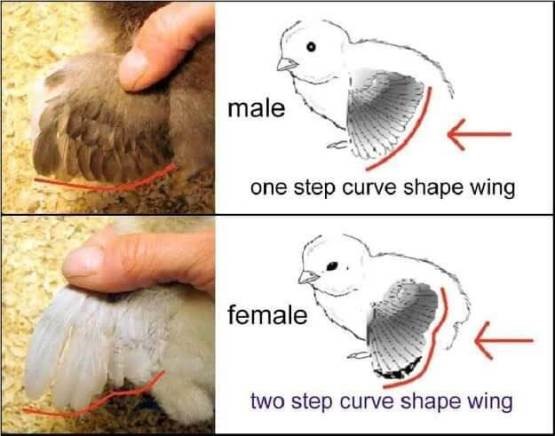
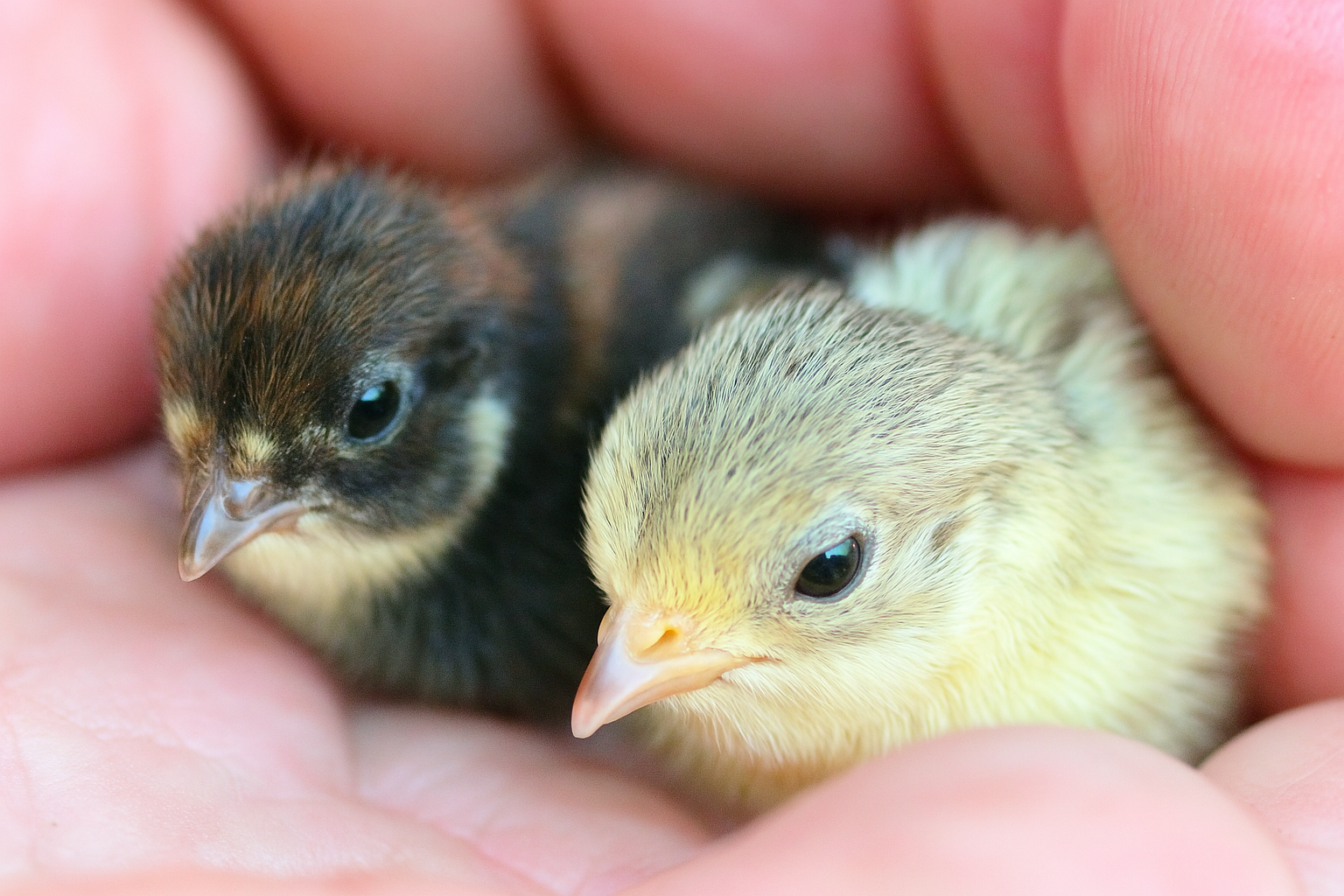
How to raise qauil chickens
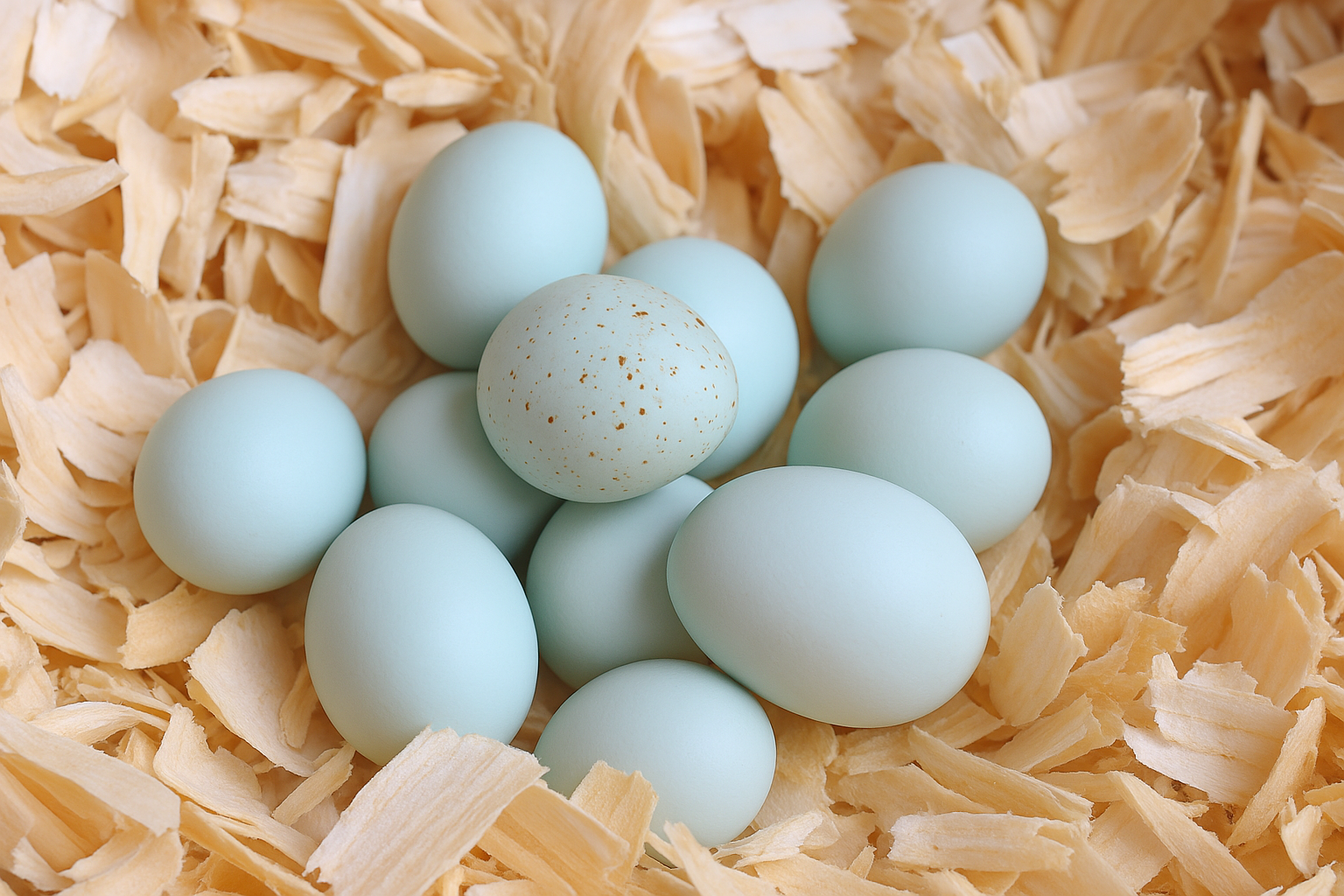
Explore Quail Eggs
If you want to see the quail eggs you've chosen, go to the
species section, pick the quail you want, and then you’ll be
able to see its eggs.
Go to Species section
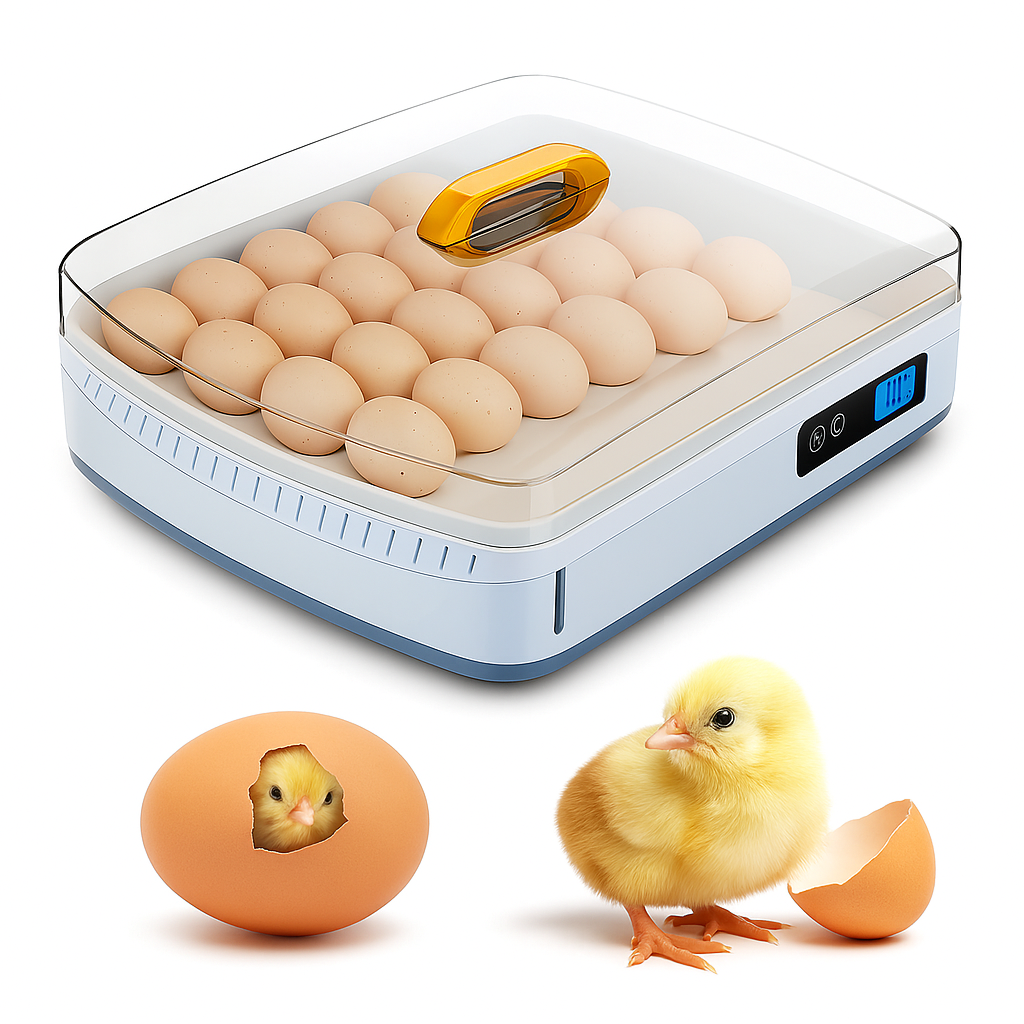
What incubator should i pick?
Incubating quail eggs requires a specialized incubator that maintains precise temperature and humidity levels to ensure successful hatching. Quail incubators come in various designs, from small tabletop models suitable for beginners to larger cabinet-style units ideal for commercial operations.
Read more